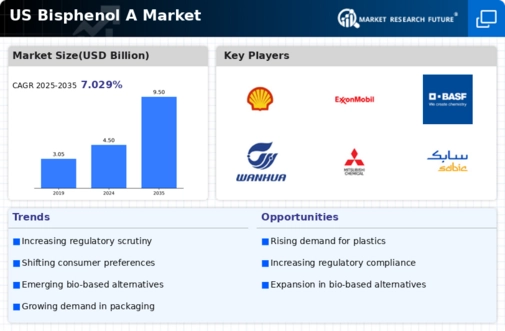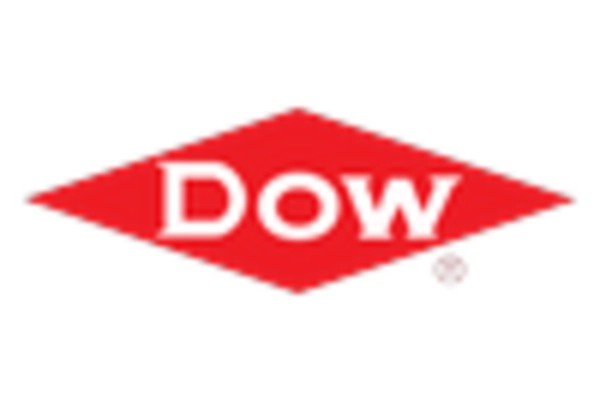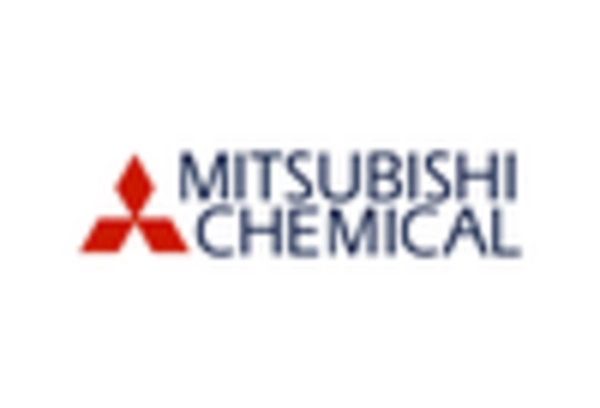Increased Regulatory Scrutiny
Increased regulatory scrutiny surrounding the use of bisphenol A is shaping the market landscape. Regulatory bodies are implementing stricter guidelines regarding the safety and environmental impact of bisphenol A, particularly in food contact materials. This scrutiny has led to a growing demand for compliance and transparency within the bisphenol a market. Companies are investing in research to develop safer alternatives and improve existing formulations to meet regulatory standards. While this may pose challenges, it also presents opportunities for innovation and differentiation in the market, as businesses that adapt to these regulations may gain a competitive edge.
Expansion of End-Use Industries
The expansion of end-use industries such as construction, electronics, and healthcare is driving growth in the bisphenol a market. As these sectors evolve, the demand for high-performance materials that incorporate bisphenol A is likely to increase. For instance, the construction industry is witnessing a surge in the use of epoxy resins for coatings and adhesives, which are derived from bisphenol A. This trend is expected to contribute to a market growth rate of approximately 5% annually in the coming years. The bisphenol a market is thus positioned to benefit from the diversification of applications across various sectors, enhancing its overall market potential.
Growth in the Automotive Sector
The automotive sector is a critical driver for the bisphenol a market, as the demand for lightweight and durable materials continues to rise. Bisphenol A is a key component in the production of polycarbonate plastics used in automotive applications, such as headlamp lenses and interior components. The automotive industry in the US is projected to grow at a rate of 3% annually, which could lead to an increased demand for bisphenol A. This growth is likely to be fueled by the ongoing trend towards electric vehicles, which require advanced materials for efficiency and performance. Consequently, the bisphenol a market stands to gain significantly from this upward trajectory in automotive manufacturing.
Rising Demand in Consumer Goods
The bisphenol a market is experiencing a notable increase in demand driven by its extensive use in consumer goods. Products such as polycarbonate plastics and epoxy resins, which utilize bisphenol A, are prevalent in various applications including food and beverage containers, electronics, and automotive components. The market for these consumer goods is projected to grow at a CAGR of approximately 4.5% through 2026, indicating a robust demand for bisphenol A. This growth is further fueled by the increasing consumer preference for durable and lightweight materials, which bisphenol A-based products provide. As manufacturers seek to meet this demand, the bisphenol a market is likely to see a corresponding rise in production and innovation, enhancing its overall market presence.
Technological Advancements in Production
Technological advancements in the production processes of bisphenol A are significantly impacting the market. Innovations such as improved catalytic processes and more efficient extraction methods are enhancing yield and reducing production costs. These advancements not only make the bisphenol a market more competitive but also allow for the production of higher-quality products. For instance, the introduction of continuous production techniques has been shown to increase efficiency by up to 30%, thereby potentially lowering prices for consumers. As these technologies become more widely adopted, the bisphenol a market is expected to benefit from increased profitability and market share, attracting further investment and research into sustainable production methods.

















Leave a Comment